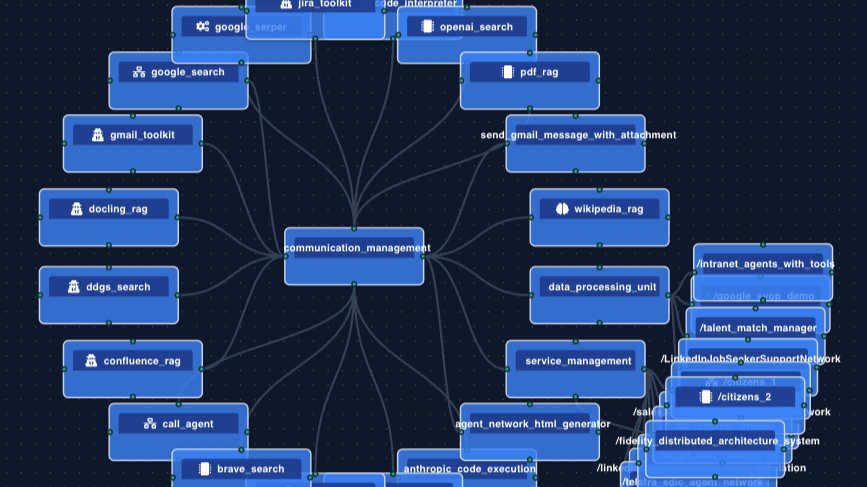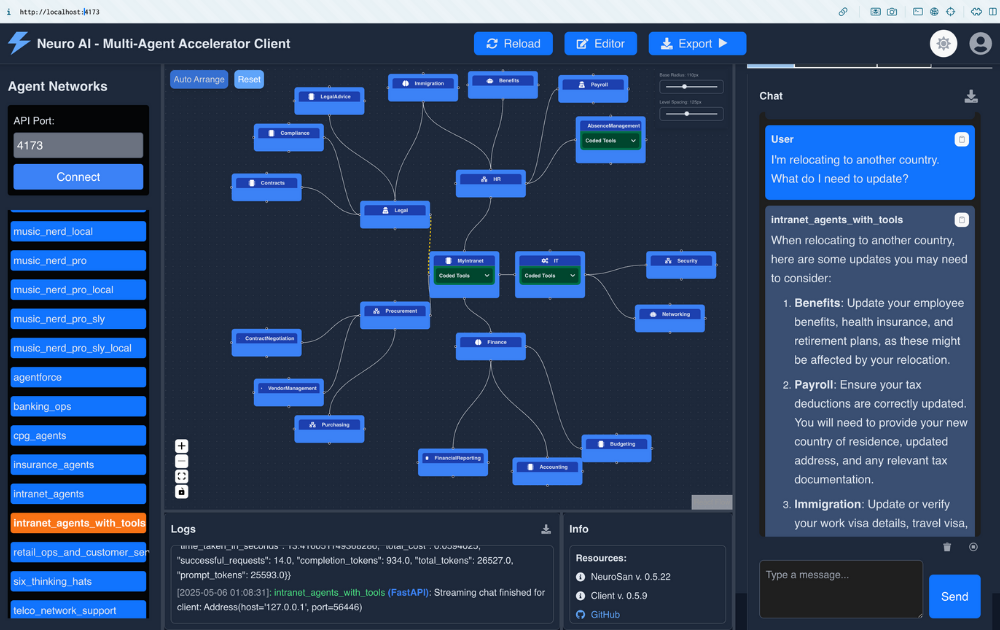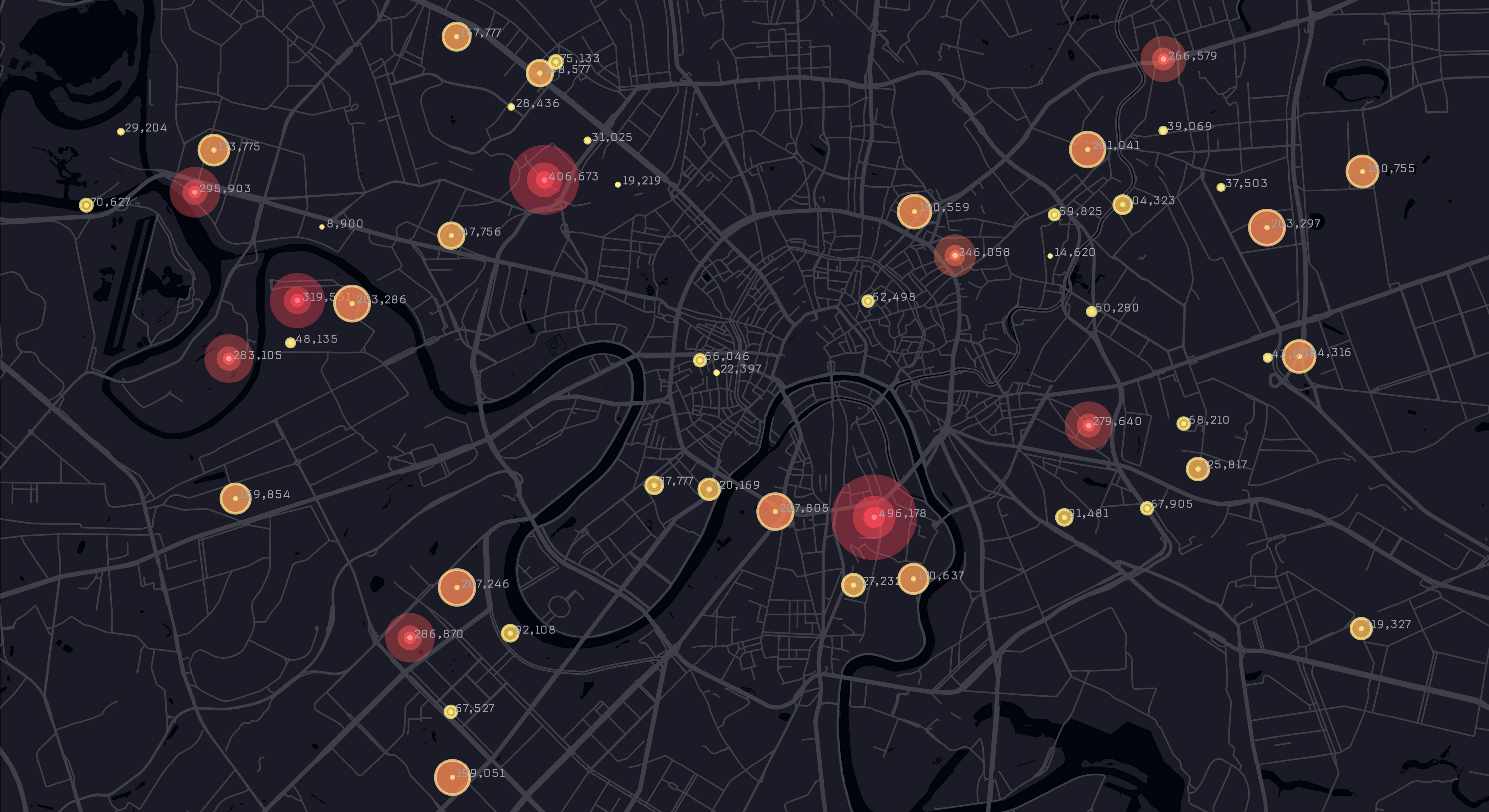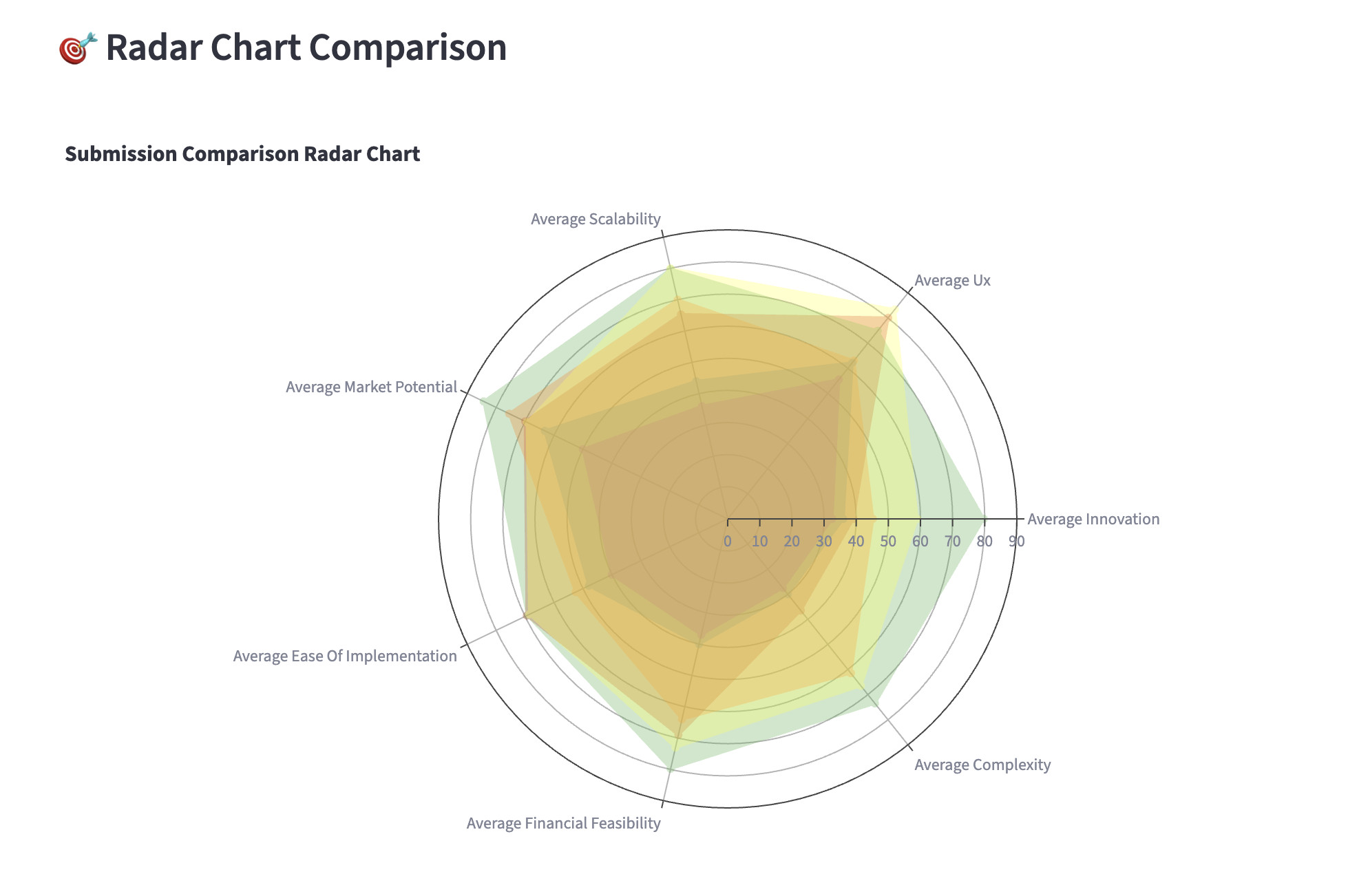November 14, 2025
Demystifying Multi-Agent AI System
A practical guide to understanding and applying agentic AI in the enterprise

Artificial intelligence (AI) has moved from research labs into boardrooms, supply chains, hospitals, manufacturing, automotive, and customer experiences. These systems are moving beyond experimentation and into real enterprise use. Cognizant’s Neuro SAN for example, grew out of the Cognizant AI Lab to help bridge the gap between innovation and delivery—ensuring that the same multi-agent intelligence demonstrated in lab can be deployed safely and repeatedly in client environments.
Yet, as AI grows in power and complexity, it has also grown in mystique. Right now, one of the hottest is multi-agent systems — sometimes called “agentic AI.” For some, the term sparks excitement. For others, it feels abstract, even a little intimidating.
So, what are these systems really about? And more importantly, why should business leaders care?
The short answer: multi-agent AI is less science fiction and more smart engineering. It’s about breaking complex problems into smaller parts, handled by AI “agents” that work together like a team. These multi-agent AI systems are already shaping industries, quietly orchestrating fraud detection, logistics, and healthcare pathways. But misconceptions abound. Are these systems autonomous and uncontrollable? Do they require deep technical expertise to even begin to understand? Are they just another passing buzzword?
This article aims to demystify multi-agent AI systems. By layering explanations — from foundational definitions to applied strategies — and drawing on industry research and client use cases, we can make sense of this emerging field and highlight its practical business value.
What are Multi-Agent AI Systems?
Agentic AI refers to artificial intelligence systems designed to act autonomously and make decisions on behalf of users or organizations. These systems can understand context, learning from data, and performing tasks without constant human intervention. The goal of agentic AI is to enhance efficiency, productivity, and decision-making by leveraging advanced algorithms and machine learning techniques.
A multi-agent system is what you get when you put several of these agents together and let them work as a team. Each one has a role, and they coordinate with one another to achieve a bigger goal. Instead of trying to build one giant, all-knowing AI model, you create a group of specialists. It’s the same way a business doesn’t rely on one person to do everything — you bring together finance, operations, compliance, marketing, and so on. At the technical level, an agent isn’t just an AI model that chats or predicts; it’s a combination of a large language model (LLM) and a layer of code that lets it act. The model provides reasoning and language understanding, while the code executes real actions — like calling an API, retrieving data, or triggering another agent. This combination of thinking and doing is what makes agents useful in practice.
In a multi-agent system, these paired components collaborate. Some communications happen model-to-model, in natural language, for reasoning and coordination. Others happen code-to-code, for secure data exchange and control. This dual-channel design allows the network to be both adaptive and governed.
This modular approach makes multi-agent systems more flexible. If one “digital specialist” needs to be updated or replaced, the rest can keep going. That kind of resilience is especially valuable in complex, fast-moving environments.
Why AI Agents Matter More Than Ever
Businesses today are juggling more complexity than ever — supply chains that stretch across continents, regulations that change by the week, and customers who expect everything to happen in real time. Traditional automation can’t keep up with that pace.
Multi-agent systems offer a way forward. They don’t just crunch data faster; they help organizations respond to change more intelligently. Beyond adaptability, multi-agent systems deliver measurable outcomes.
Just as importantly, these systems are interoperable. Platforms like Neuro SAN are LLM-agnostic and work across enterprise ecosystems such as Salesforce’s Agentforce, Google Agentspace, and ServiceNow Agents. This ensures that organizations can innovate without locking into a single vendor. The same architecture scales naturally across complex operations. In agriculture, for instance, regional “farm agents” can make local decisions and report to central systems — mirroring how large organizations manage distributed operations.
The same principle applies in banking, healthcare, or customer service: agents working together provide the adaptability that single-purpose systems lack. For leaders, this means more than just efficiency gains — it’s about staying competitive, reducing risk, and opening the door to new kinds of growth.
In OneCognizant – our internal portal accessed by 300K+ professionals, a multi-agent network coordinating HR, IT, and benefits systems reduced response times for internal employee requests by consolidating what used to be several disconnected chatbots into one orchestrated experience.
Companies see the greatest impact when they redesign entire workflows around agents — not just plug agents into old processes. Agents shouldn’t be applied everywhere. For predictable, rules-based tasks, traditional automation still works better. Agentic AI shines when processes involve ambiguity, long-tail variation, or multi-step decision paths.
Common Myths and Misconceptions
Despite the promise, myths often cloud understanding. Research and client conversations highlight at least seven recurring misconceptions:
- Myth 1: Multi-agent AI is just hype
It’s not. These systems are already in production. For example, at Cognizant, in Insurance, our Investor Relations & Earnings Call Analysis Agent reduced errors and report drafting time by 24%. In Healthcare, our Contract Negotiator Agent cut medical appeals processing time by 25%. In Operations, our Agent-Enabled RFP Solutioning & Management system boosted RFP productivity by 40%[1].
- Myth 2: Only technical experts can grasp this
You don’t have to be an engineer to grasp the basics. The real question for leaders is: where can these systems add value, and what trade-offs come with that? Clarity on scope and governance matters more than knowing every algorithm. In fact, with just a prompt outlining a use case or company, our Agent Network Designer will build a network in minutes.
- Myth 3: Agents run without oversight
In practice, autonomy is always bounded. Each agent’s reasoning happens through its LLM, but execution is handled by code that enforces access rules, logging, and governance. Consider a scenario where an agent requests sensitive data: the access token travels only through the code layer, ensuring no unauthorized information is exposed — even when agents communicate freely in natural language.
- Myth 4: Scaling AI = Scaling one model
Bigger is not always better. Enterprises often assume they must scale a single model, but multi-agent systems show that orchestration of many smaller models with specialized agents are often more capable at solving complex problems, while being more adaptable, resilient, and cost-effective.
- Myth 5: Agents are purely technical and irrelevant for business strategy
In fact, multi-agent platforms are a bridge between innovation and operations. The lab-to-client approach pioneered through Neuro SAN shows how research concepts translate into deliverable enterprise value — turning AI from an experimental showcase into an operational advantage.
- Myth 6: Multi-agent networks are “too slow” for business adoption
That’s not true. Building multi-agent systems don’t need to be slow and complicated. The trick is to start small and reuse the agents that already work. Companies that create shared agents instead of building everything from scratch can scale faster.
- Myth 7: Agent will replace human decision-makers
They won’t. Multi-agent systems are designed to augment, not replace, human expertise. They handle repetitive analysis and coordination so that people can focus on judgment, creativity, and ethics. This balance of machine reasoning with human oversight is also central to Cognizant’s AI for Good initiative, where multi-agent systems support sustainability and humanitarian projects under the UN SDGs.
Multi-agent AI systems represent the next phase in the evolution towards autonomy — where intelligent systems don’t just generate content, but collaborate, reason, and act. As businesses rethink how work gets done and start using agents carefully and transparently, they’ll turn big ideas into real results. Agentic AI isn’t some future concept — it’s already becoming a core part of how smart organizations operate today.
[1] https://www.cognizant.com/us/en/engineering-ai-for-impact/ai-agents
Praveen Tanguturi turns complex data into simple, impactful outcomes and drives Data and AI strategy with a strong focus on business growth.







